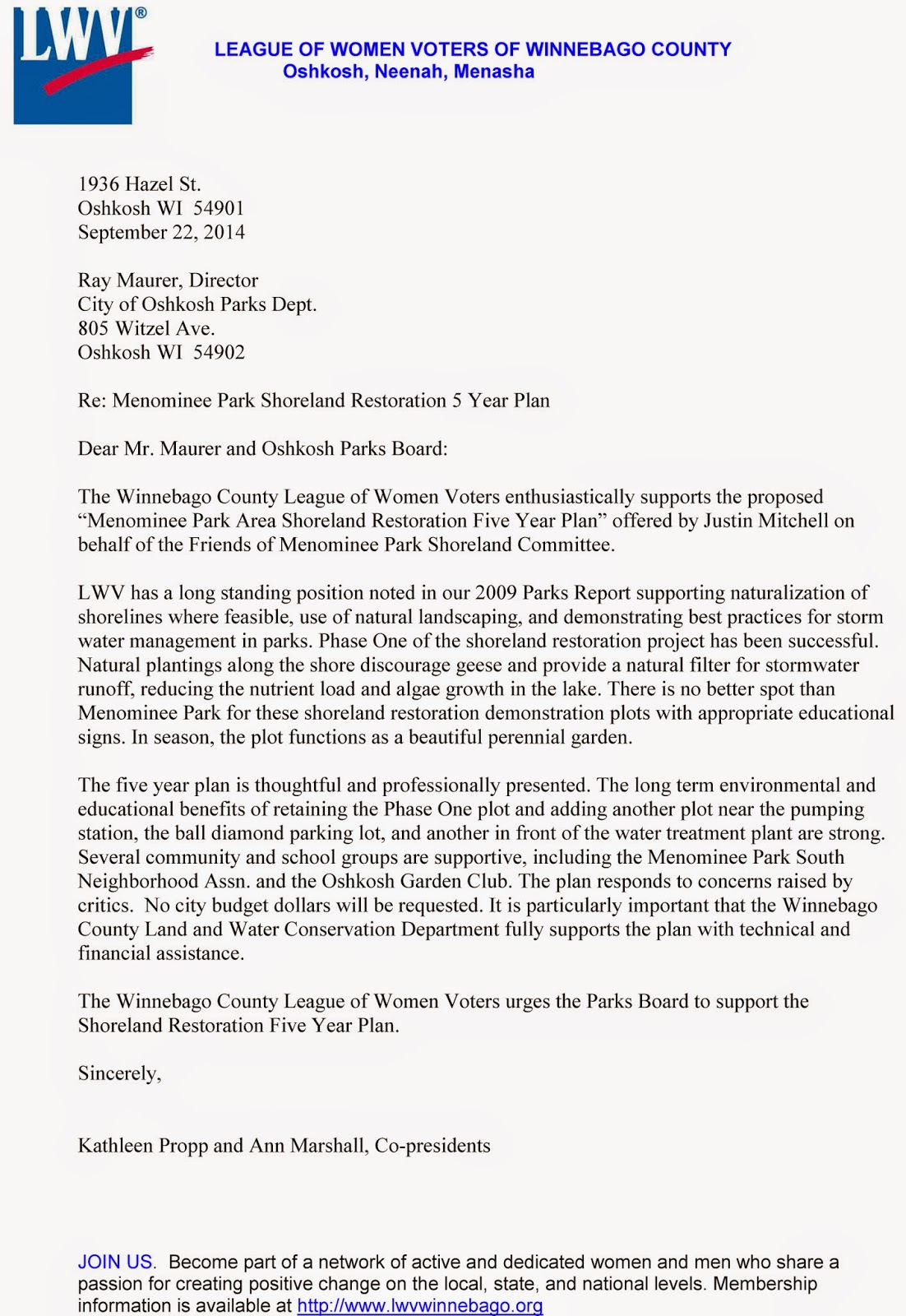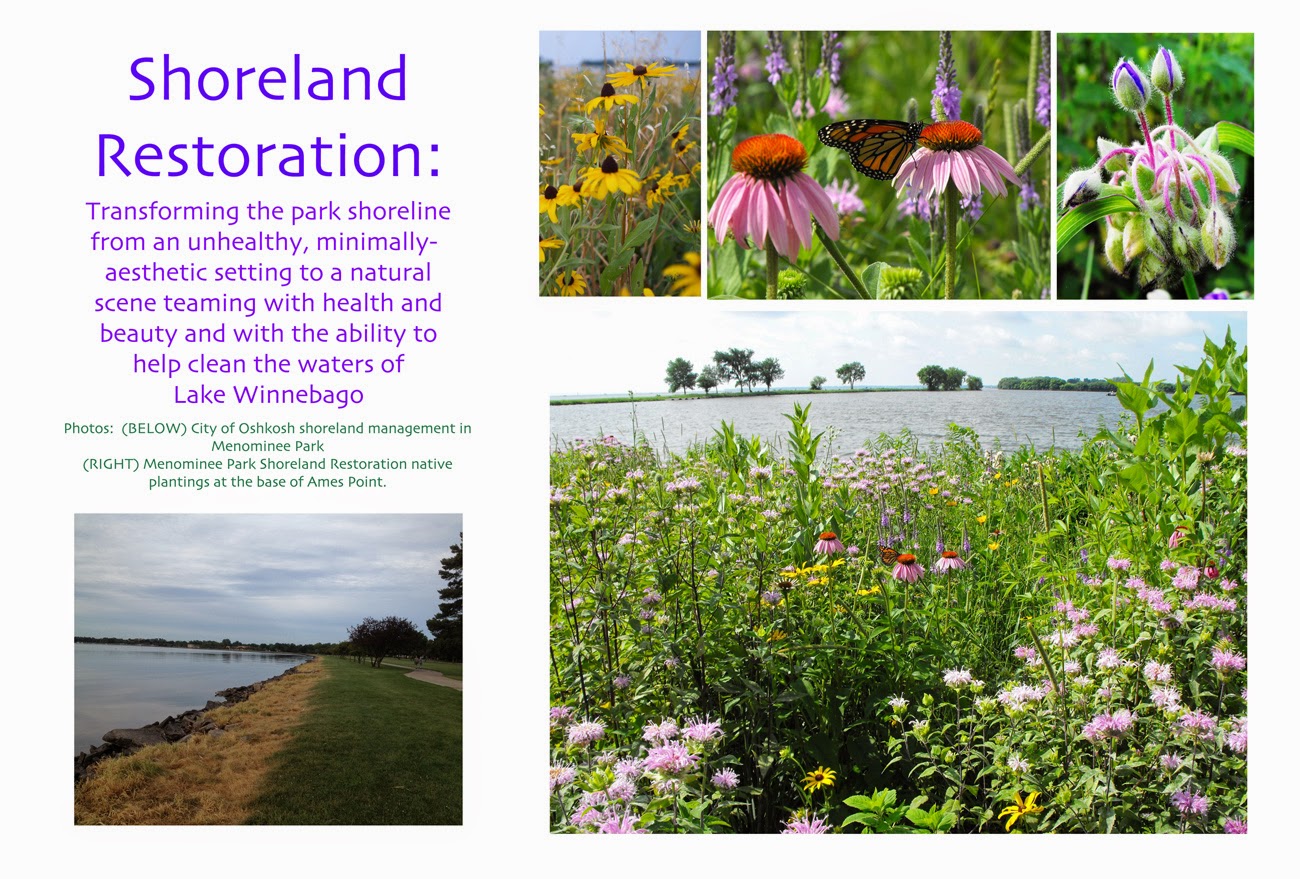 Neighborhood youth joined us for a late October native seed harvest. We collected two sets of seeds: a collection of low and medium growth plants and a second collection of high growth plants. Both sets are native to the area, thrive there, and are excellent plants to achieve the goals of a restoration site. The taller harvested seeds will be spread by the pump station building in spring 2015.
Neighborhood youth joined us for a late October native seed harvest. We collected two sets of seeds: a collection of low and medium growth plants and a second collection of high growth plants. Both sets are native to the area, thrive there, and are excellent plants to achieve the goals of a restoration site. The taller harvested seeds will be spread by the pump station building in spring 2015.An estimated 250,000 seeds were harvested in the 3 hour session on an absolutely beautiful fall day.
Seeds will be stored over winter, and undergo a cold treatment in the early spring of 2015.
In April/May 2015, we will look to dig up some of the highly beneficial and healthy tall native plants at the request of the parks board and neighbors. These plants will be transplanted to a small plot by the pump station near Webster Stanley Elementary School.
 The seeds that we harvested will both be started as plants, as well as spread throughout the new plot and in bare areas in the established bed.
The seeds that we harvested will both be started as plants, as well as spread throughout the new plot and in bare areas in the established bed.We harvested many of the cone flower seed heads, the wild quinine seeds, vervain seeds, milk weed seeds, and a dozen additional native plant species.
Overall, we probably harvest about 2% of the seeds at the thriving bed.
While working, over 10 couples stopped and commented on the beauty of the site. Like the campaign to achieve an organized and transparent plan, members of the community overwhelmingly support and appreciate the work that we're doing to improve the park and the Winnebago Lakes System.
We will look to facilitate a meeting in partnership with city parks staff in early December 2014 to determine the next steps for spring 2015. We will be looking to organize a large-scale transplant day that moves about 200-300 plants from the current bed south to the Pump Station bed.
Menominee South Neighborhood Association is also waiting to receive guidance and direction from the parks staff, as the group is planning to complete work on shoreland restoration in the neighborhood.
In addition to harvesting seeds, the group picked up garbage throughout the plot and from nearby locations.
City staff has been given the go-ahead to complete a mowing of the existing bed, which should facilitate spreading of the seeds.






















